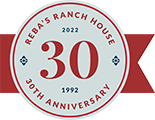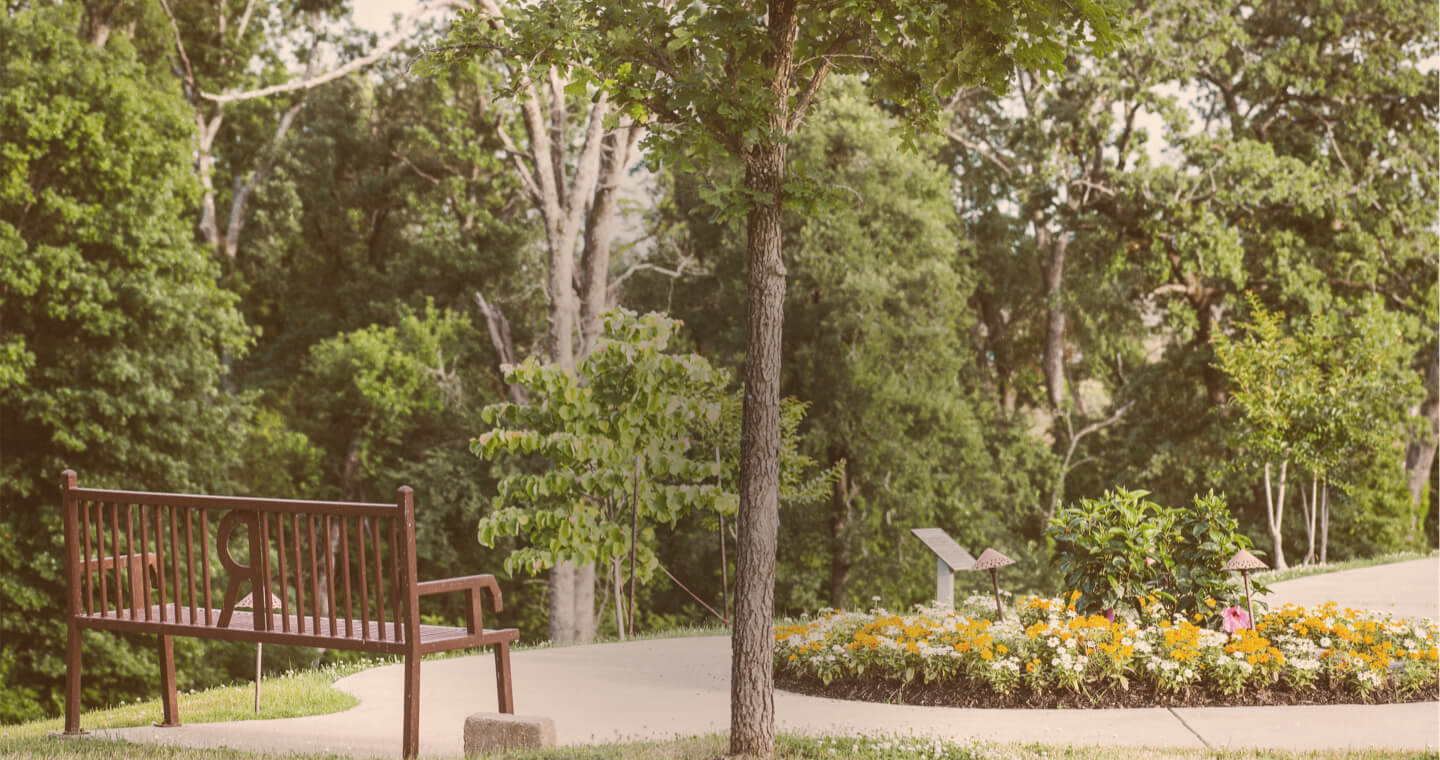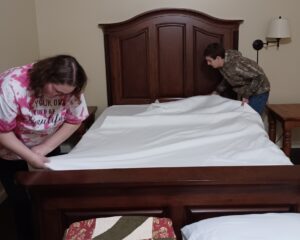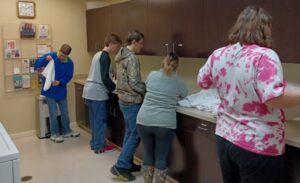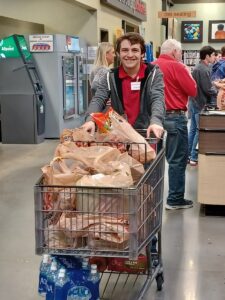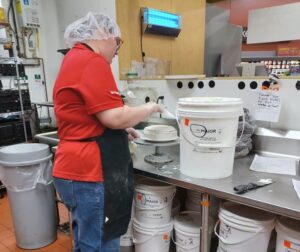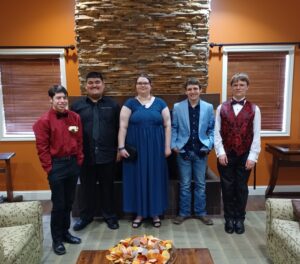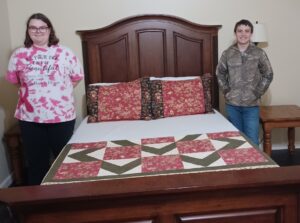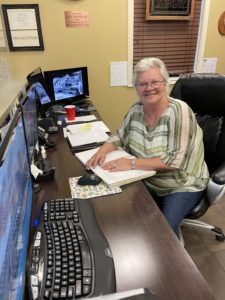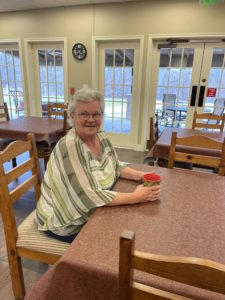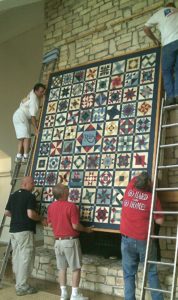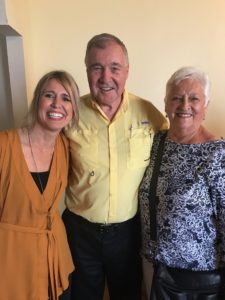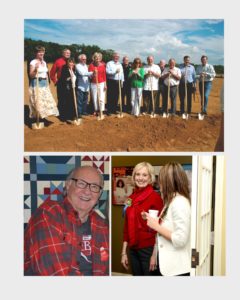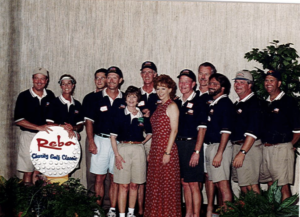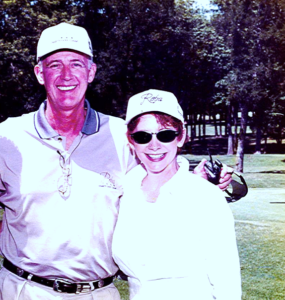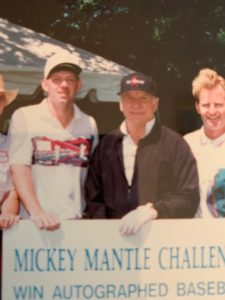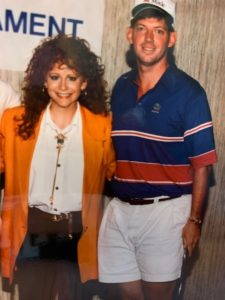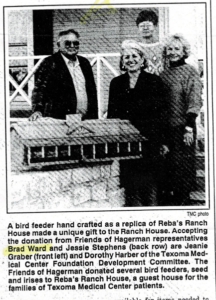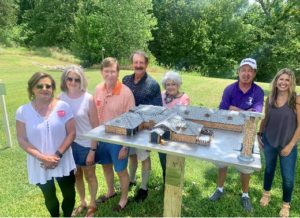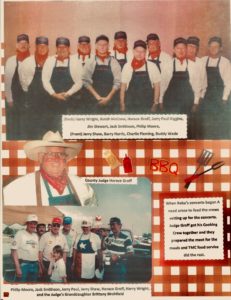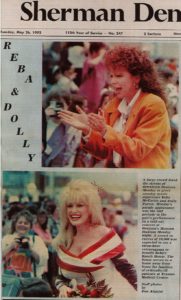By Sarah Elisabeth Sawyer
Sue Miller knows what it’s like to spend long stretches away from home. She and her husband stayed in a hospitality house for six weeks when their special needs child was hospitalized. She experienced firsthand how vital it was to have a place to sleep, shower, and all the things she needed while away from home.
Later, she told her husband she would love to work at a place like that. Joining the Grace Sunday School Class of the First Baptist Church in Sherman, she was excited to learn that’s just what the class does for Reba’s Ranch House.
“I just think it’s wonderful,” Sue says. “My husband’s family used the ranch house when my father-in-law was passing. None of the kids lived here, and I didn’t have room for everybody, plus the ranch house was so close to the hospital.”

Sue Miller (right), Sue Foster (left)
When Sue walks into the Sunday school and sees her name on the calendar, her reaction is different from other obligations.
“I love doing it,” she says. “A lot of times, you are reminded of things and go, ‘Oh shoot, I gotta go do that.’ But when I see it’s my turn for Reba’s Ranch House, I say, ‘Okay, it’s my turn.’ I’m very thankful I’m able to do it.”
The ministry started twelve years ago after Anita Rawls faced an out-of-town challenge when her mother was placed in hospice care. Anita refused to leave the hospital. From Friday night until her mother passed the following Wednesday, she didn’t step foot out of the facility.
At some point during that time, a nurse came into the room and told Anita, “We have food down in the kitchen, you come get whatever you want.”
Anita went to the kitchen and was amazed to find ready-to-eat meals to dish up. Casseroles, breakfast foods, and snacks were available throughout her long vigil.
When Anita returned home, she and a friend reached out to Marilyn Bice, director at Reba’s Ranch House. Anita wanted to organize her Grace Sunday School Class to bring food and anything else Reba’s Ranch House needed for guests every week.
Now, about 25 ladies from the Grace Sunday School Class are signed up to fulfill food needs at the ranch house.
Sue Foster, another volunteer with the class, knows what it’s like to camp out during a medical situation. She slept on a couch in her pregnant daughter’s hospital room for six weeks in Oklahoma City.
“I was constantly running out to get her something to eat,” Sue says. “If I’d had food available there for me, I would have felt overwhelmed with gratitude like Anita. It brought her to tears, and still brings her to tears when she thinks about what the volunteers at the hospital did for her and her mom.”
Like the other Sue, Sue Foster doesn’t dread when her turn comes to bring food to the ranch house.
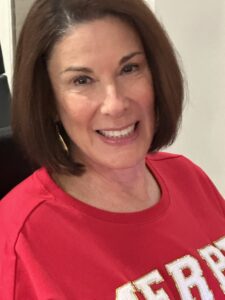
Sue Foster
“I’ve got it in my phone when my days are,” she says. “And when I walk into Sunday School and see it’s my week, I sit down and text Marilyn, ‘What do we need?’”
Simple acts of kindness from volunteers like the Grace Sunday School Class make all the difference at Reba’s Ranch House.
If you are interested in donating to the house to help support buying groceries for families, click here.
You can play a vital role in being a caregiver of caregivers!
“…And he said to Him, “Lord, You know all things; You know that I love You.” Jesus said to him, “Feed My sheep.” –John 21:17 (NKJV)


